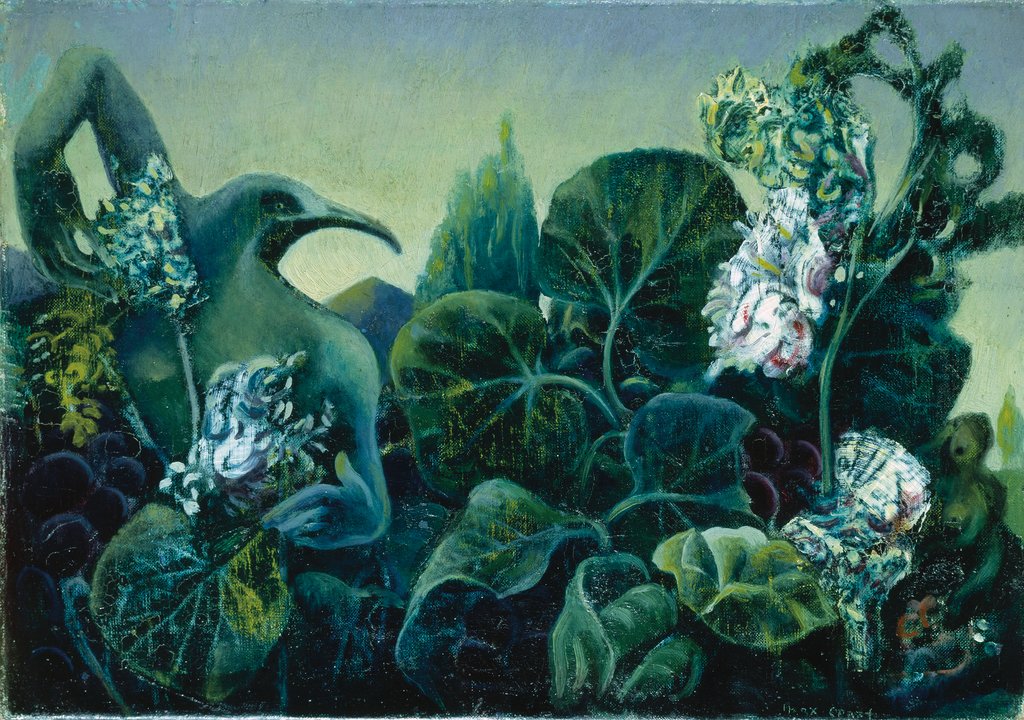
Image Source
Ernst, Max. La nature à l’aurore. 1936. Oil on cardboard. 24 x 33 cm. Collection Fondazione Francesco Federico Cerruti per l’Arte.
The Animate Landscapes Penikese Island Experience
“Animate Landscapes: Spirits and Sovereignty in Indigenous Religions” is a course offered by Professor Justine Buck Quijada at Wesleyan University. In the fall of 2024, students enrolled in the course participated in a field trip to the remote Penikese Island off the coast of Massachusetts, accompanied by faculty from the Gull Island Institute. The trip took place from Saturday, October 19th to Tuesday, October 22nd. The students of “Animate Landscapes” have collaboratively created this website to share their reflections and insights from the Penikese experience. Here, you will find their academic, artistic, and emotional expressions, each offering a unique perspective on the significance of this immersive journey.
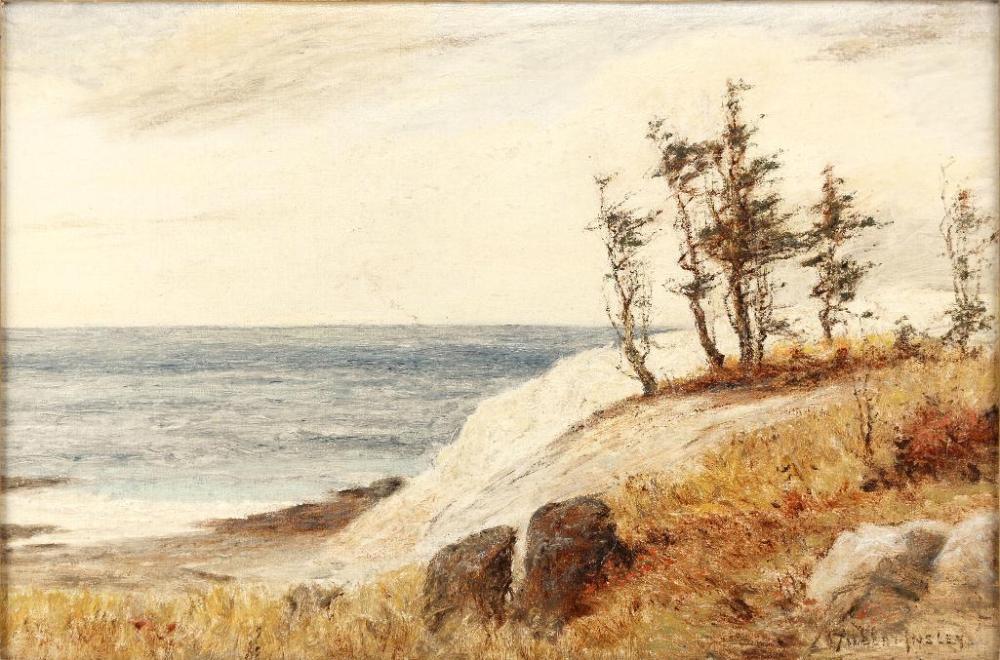
Image Source
Ainsley, Albert. Scrub Trees. Oil on Canvas. 12 1/4 x 18 1/4.
Activities, Inspirations & Reflections from Penikese Island
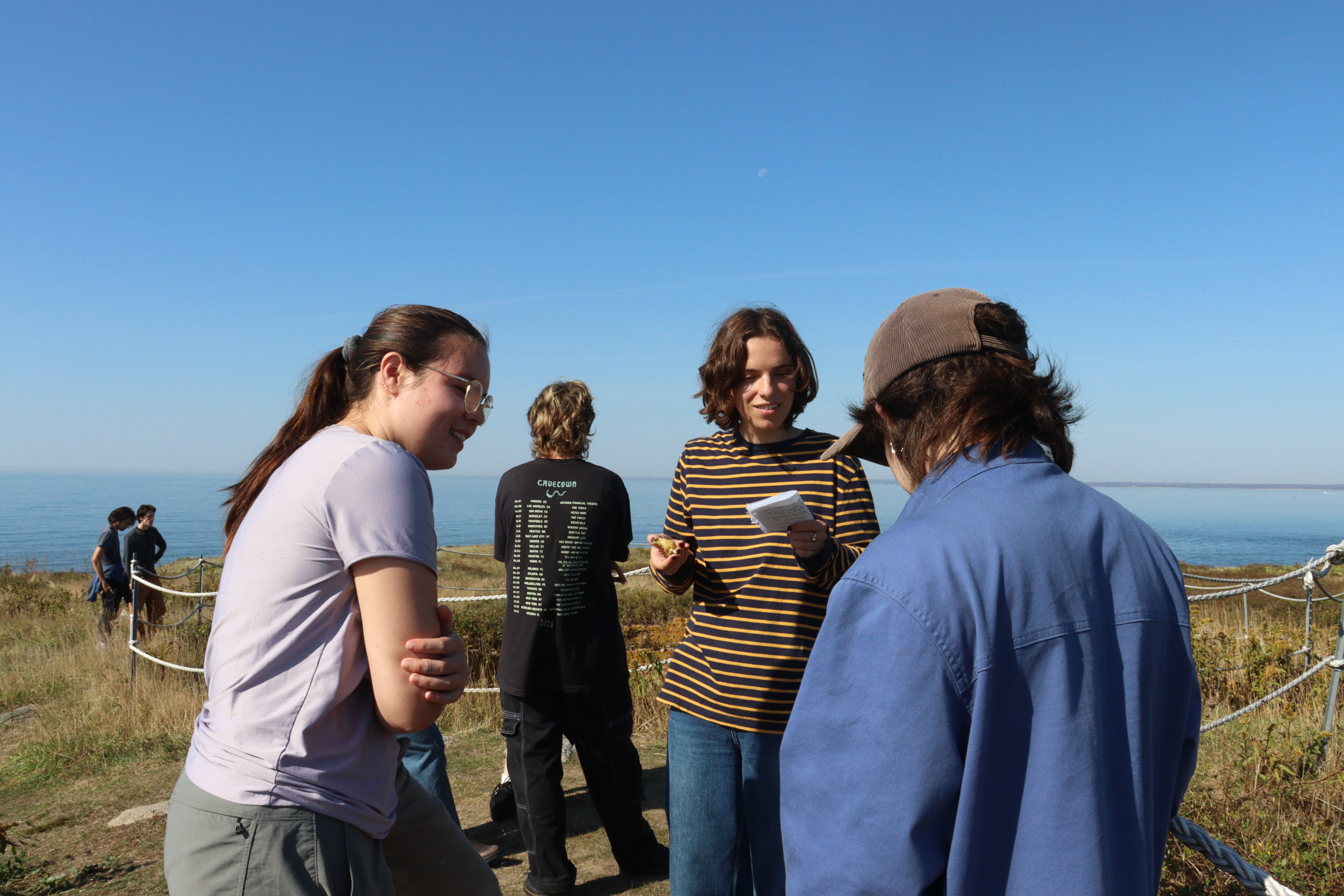
Activities
How did we spend our time on Penikese Island?
In this section of the site, you will find a collection of photographs and descriptions of the various activities in which we engaged during our time on Penikese Island. These activities were designed around the three core principles that form the foundation of the Gull Island Institute: labor, self-governance, and academics. Here, we offer an account of our experiences on the island, along with reflections on the deeper significance these activities held for us.
Inspirations
How did we express our experience on Penikese Island?
This section of the site showcases the creative and artistic expressions that emerged from our time on Penikese Island. Journaling, particularly in relation to nature and course readings, is a central component of the “Animate Landscapes” course and served as a primary medium through which students articulated their thoughts and experiences on the island. Musicians, visual artists, and writers enrolled in the course collaborated across various artistic forms to capture the essence of the experience. Here, you will find excerpts of student journals, musical compositions, artwork, and other written works, all of which collectively convey the emotional and sensory impact of our time on Penikese Island.
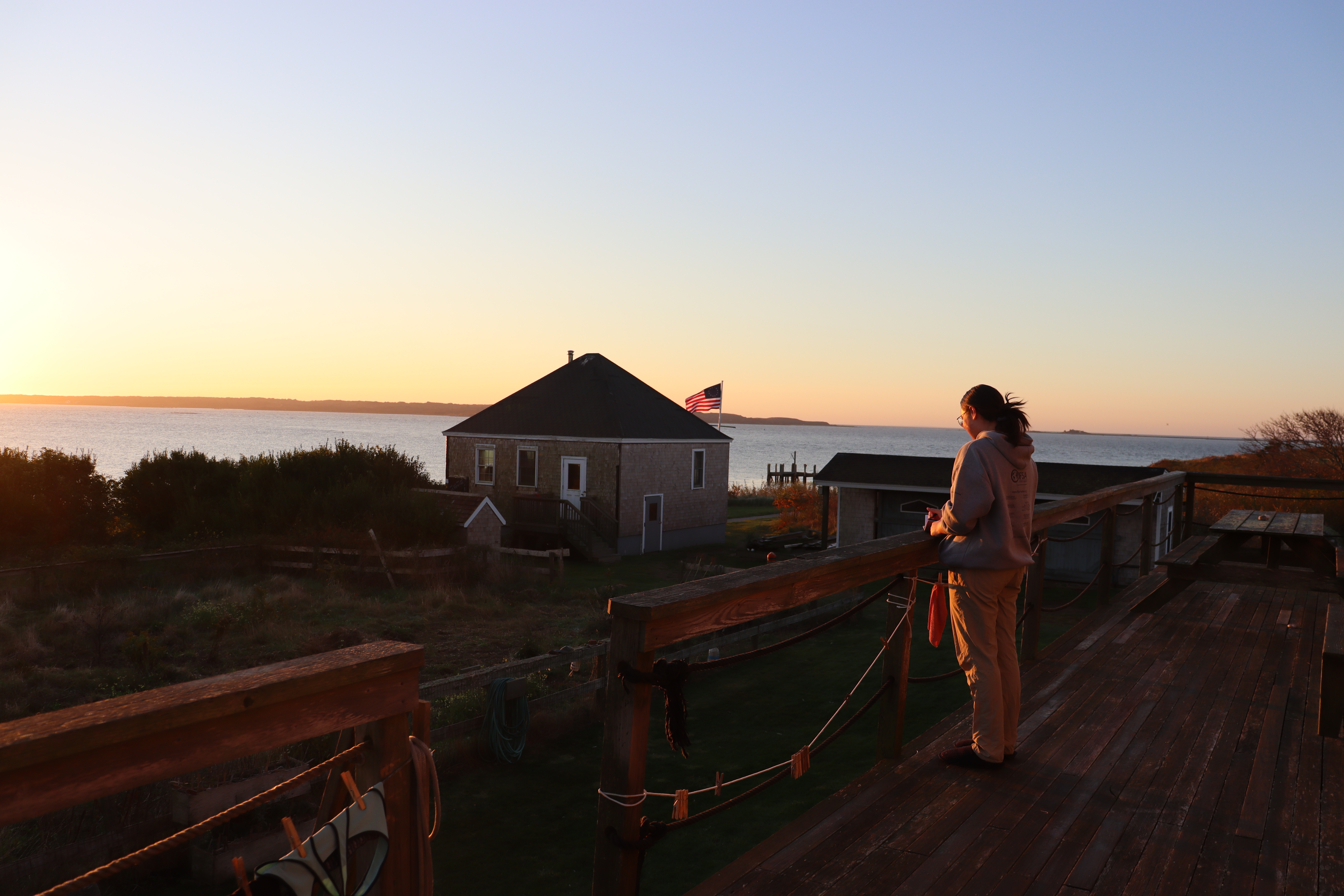
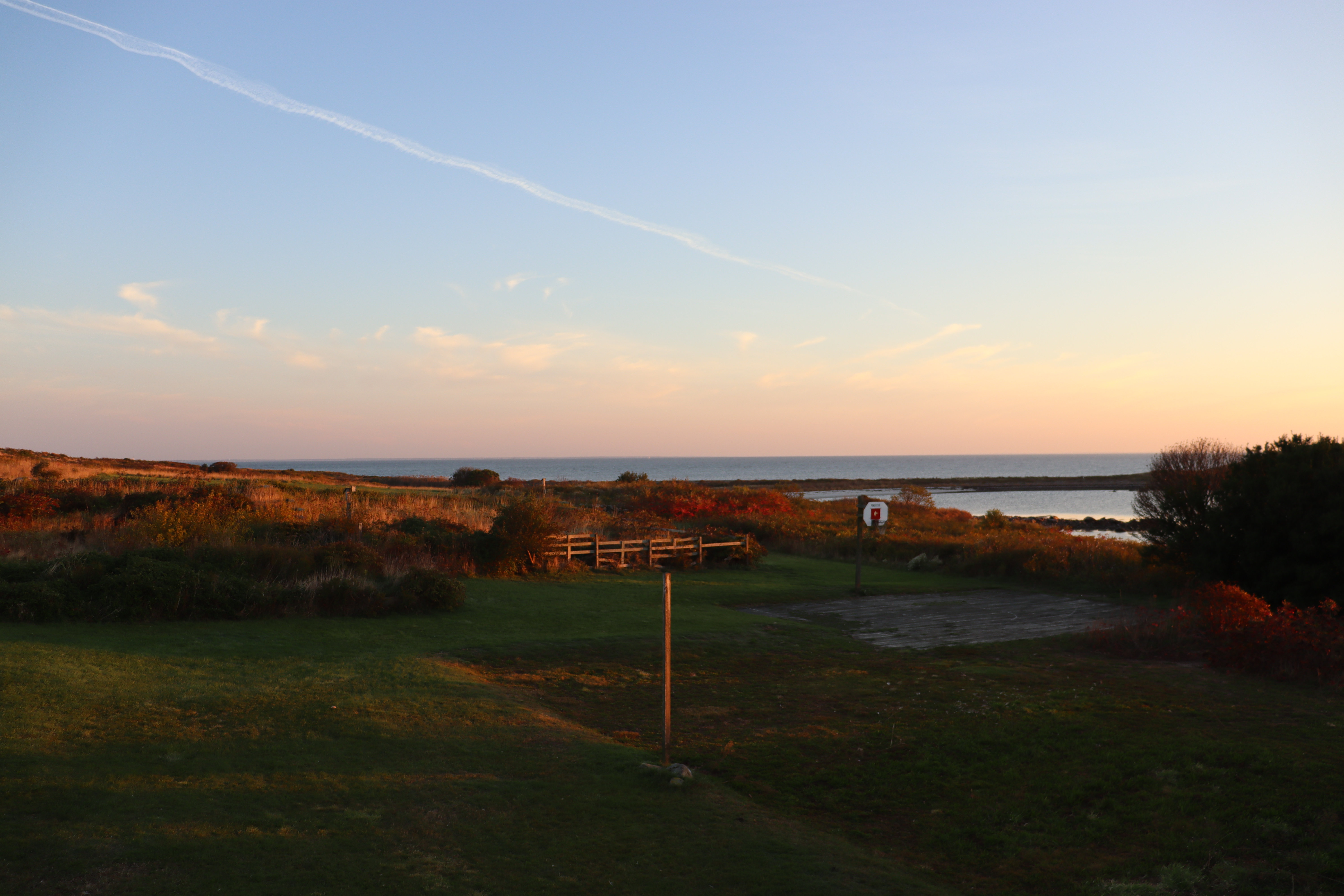
Reflections
Each student in the “Animate Landscapes” course composed a reflective essay on the intellectual, emotional, and spiritual significance of their trip to Penikese Island. In these reflections, students explore how the experience on Penikese, alongside the mission of the Gull Island Institute, intersected with key themes and knowledge explored throughout the course. These essays integrate Indigenous cosmological and religious concepts with the principles of labor, self-governance, scholarship, and the value of intimacy, mutual reciprocity, and connection to the land. Central to these reflections are profound questions: What does it mean to know? What are alternative modes of knowing? What does it mean to truly inhabit a place? How do the spiritual, emotional, and intellectual dimensions of experience converge? How are knowledge and nature inextricably linked? These reflections engage with the complex questions that lie at the core of both the “Animate Landscapes” course and the mission of the Gull Island Institute, providing a deeper understanding of what this transformative experience meant to us.
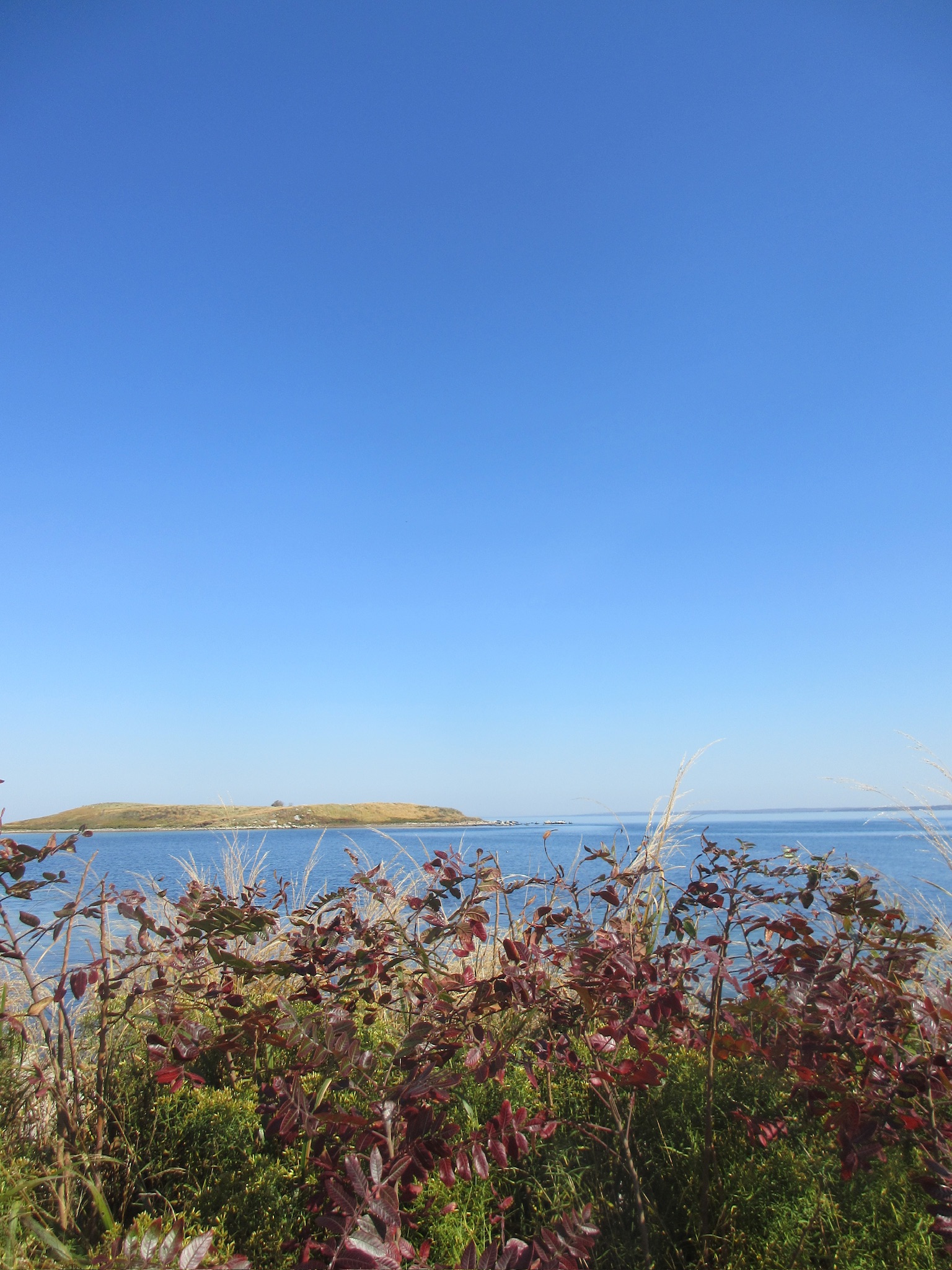
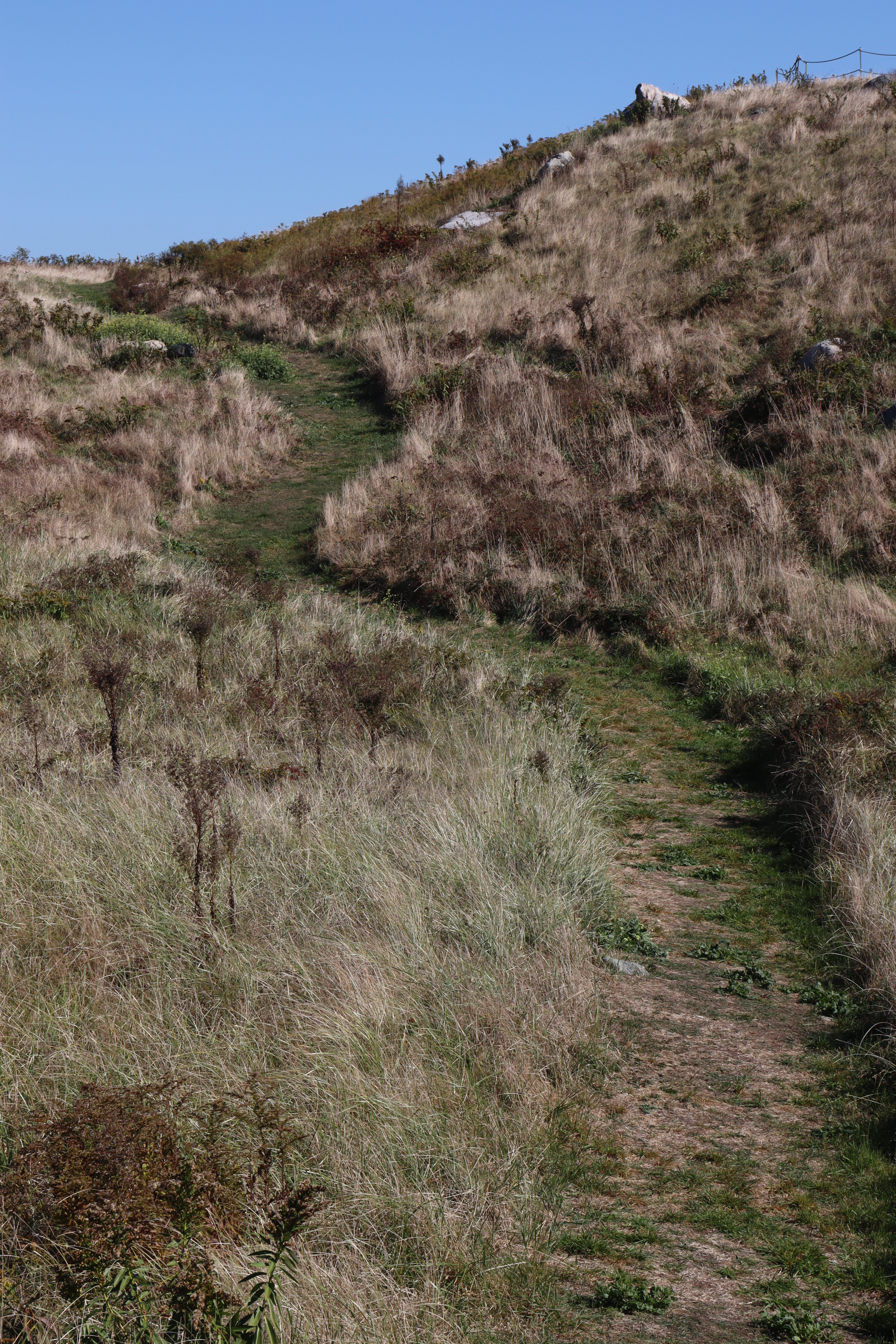
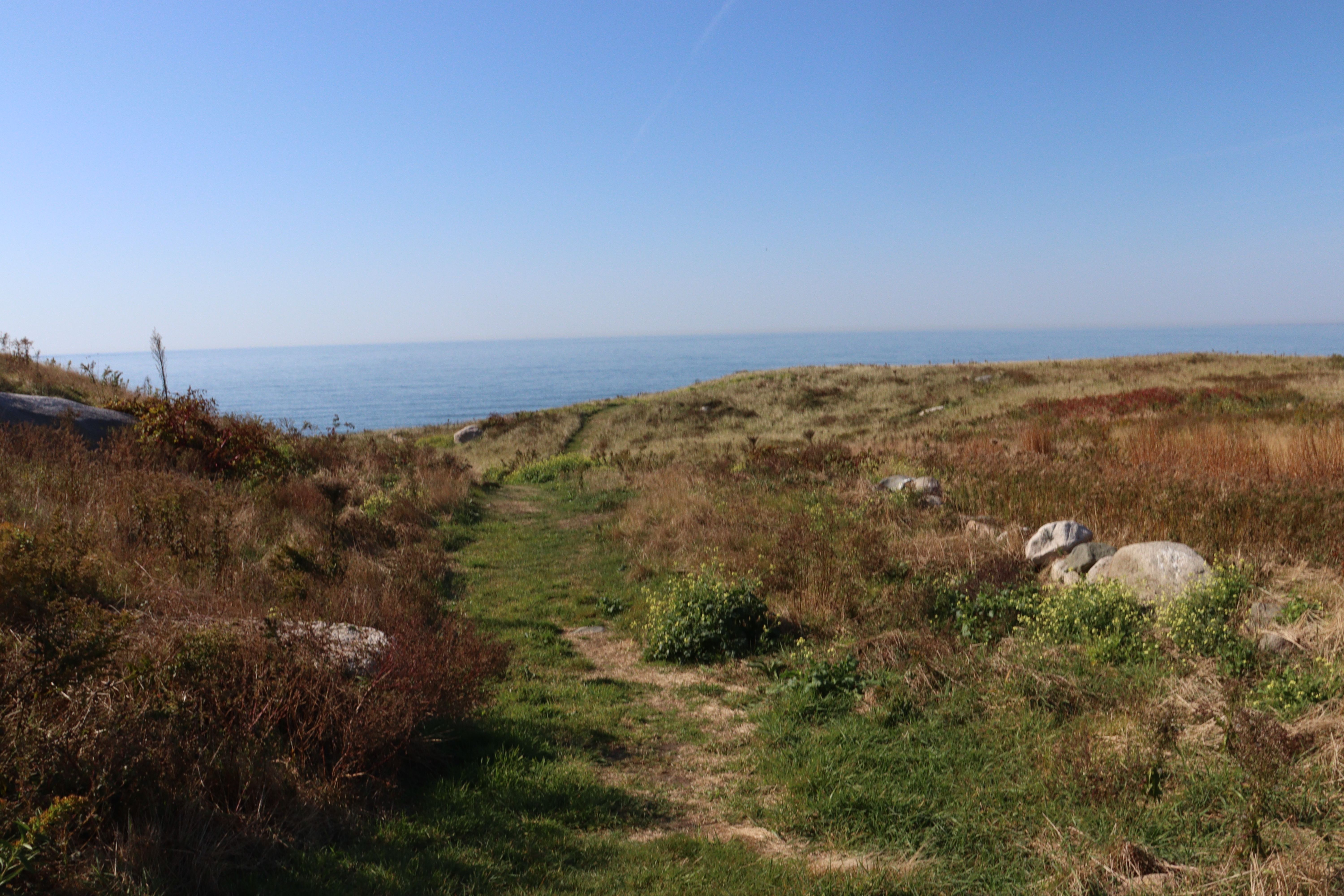
ACKNOWLEDGEMENTS
The students of the “Animate Landscapes” course would like to take this opportunity to express their gratitude to all those who helped make this incredible experience happen. We would like to thank our inspiring professor, Dr. Justine Buck Quijada, for organizing this trip for us and seeing the value in engaging in a first-hand experience with some of the concepts from the course. We would also like to thank Drs. Ana Keilson and Justin Reynolds from the Gull Island Institute for inviting us to Penikese Island and allowing us to be a part of their mission. We extend our gratitude to The Bailey College of the Environment at Wesleyan University for helping fund this trip. We would also like to thank the Massachusetts Division of Fisheries and Wildlife for conserving and protecting the nature, wildlife, and beauty of Penikese Island and Penikese Island School for its stewardship of the Island. Last but not least, we would like to thank Wampanoag linguist Dr. Nitana Hicks Greendeer for joining us for a profoundly special seminar on the island. The “Animate Landscapes” students have been extremely grateful for this opportunity, and we extend a special thanks to anyone and everyone who played a part in making this trip happen.
The Bailey College of the Environment at Wesleyan University
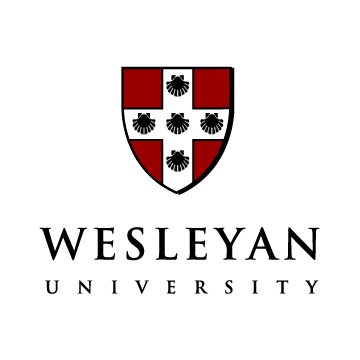
Thank you to The Bailey College of the Environment at Wesleyan University for supporting and helping fund this trip.
The Bailey College of the Environment at Wesleyan University →
The Gull Island Institute

Thank you to The Gull Island Institute and staff Dr. Ana Isabel Keilson and Dr. Justin Reynolds for hosting us at Penikese Island, introducing us to the pillars of their institution, and joining us for an unforgettable experience on the island.
The Wôpanâak Language Reclamation Project

Thank you to Dr. Nitana Hicks Greendeer for joining us on the island for an enlightening seminar on the importance of language and land along with introducing us to the vital Wôpanâak Language Reclamation Project, which we have linked below.